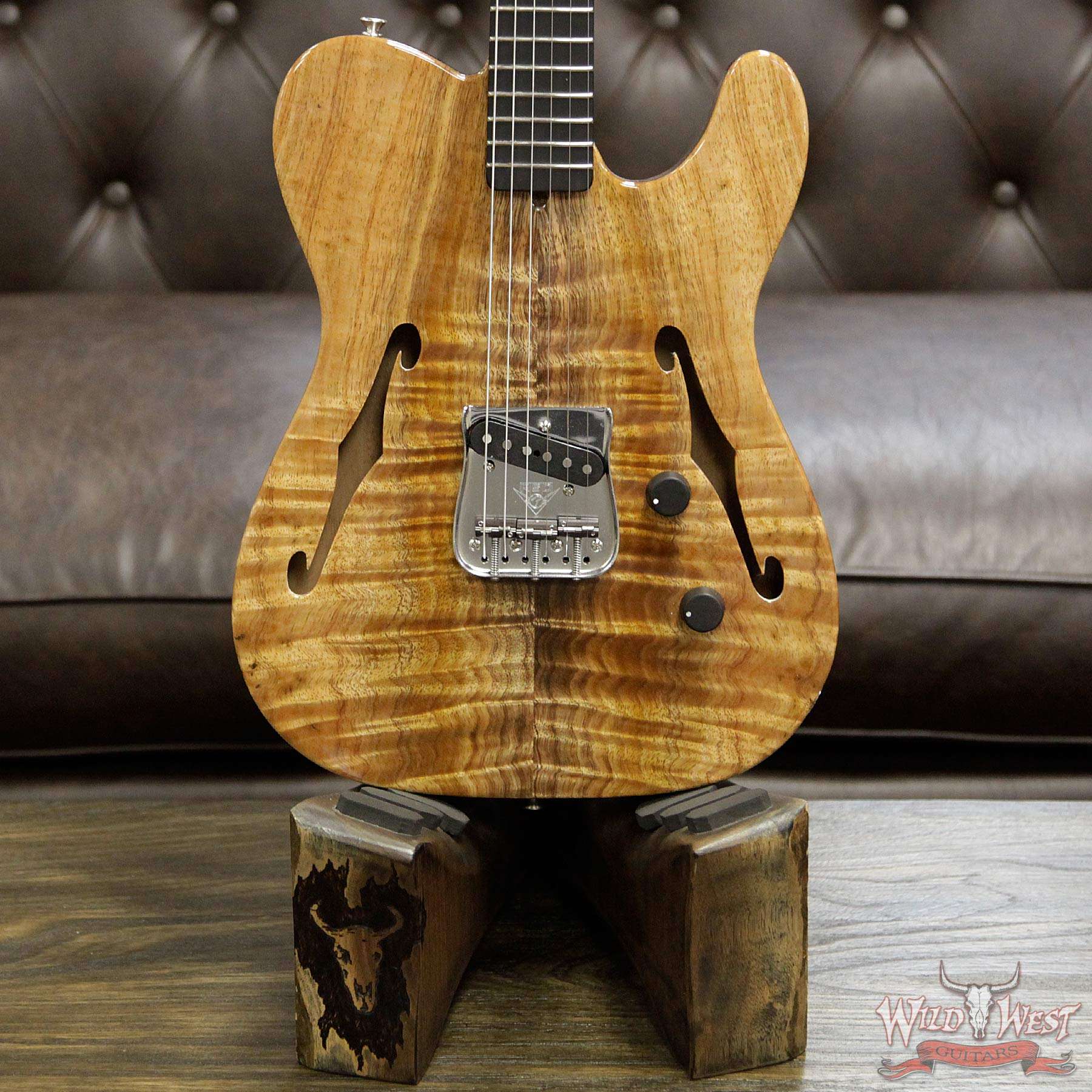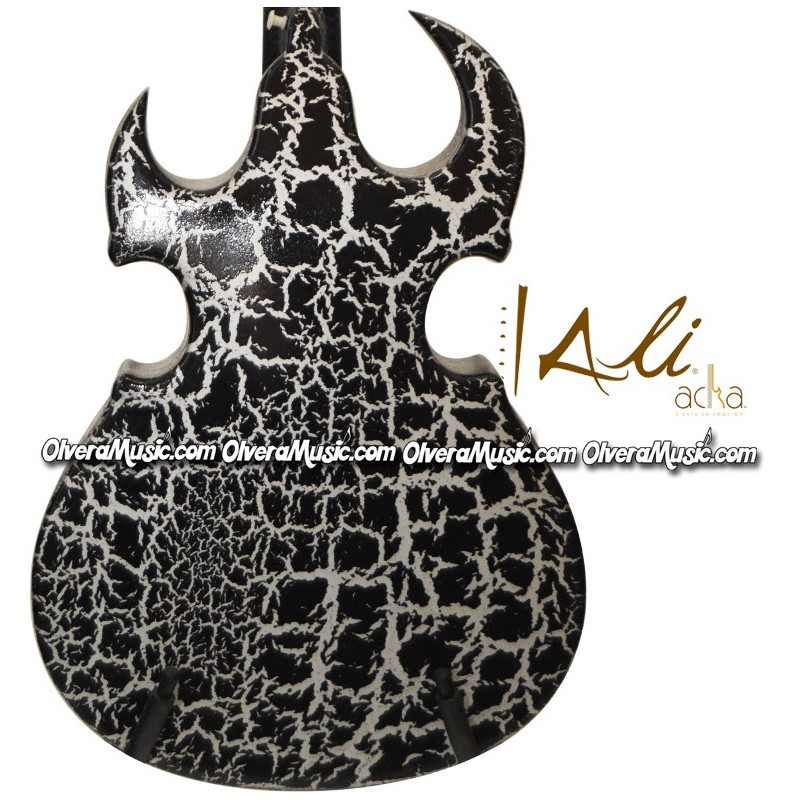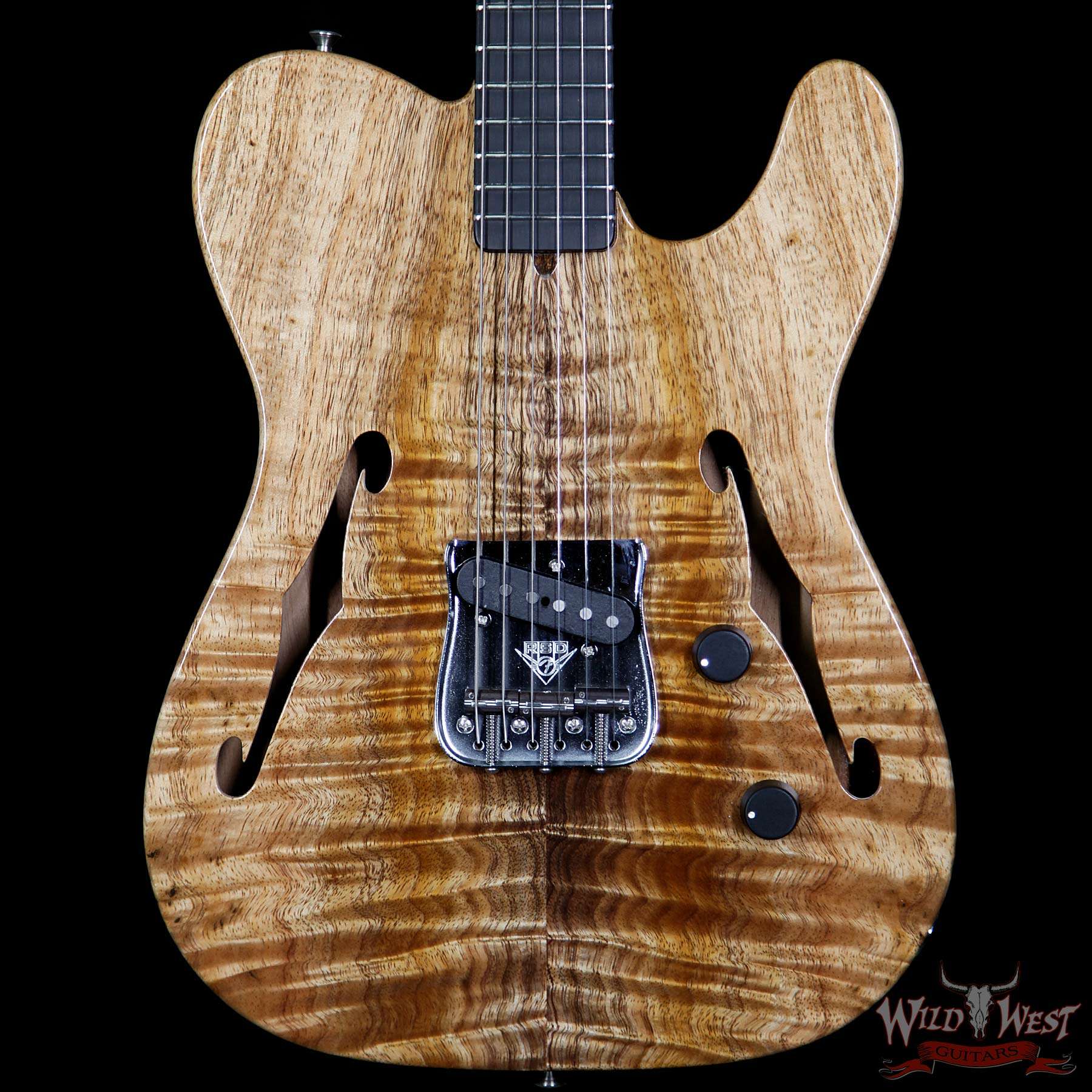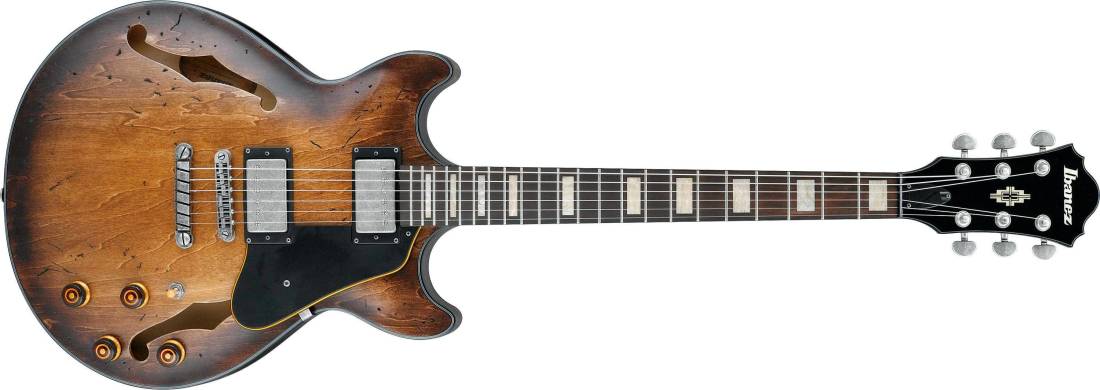

So we drove out past Estoril and headed north (as you'd pretty much have to). It was a holiday in Portugal and as expected the actual work took maybe 45 minutes max. I got to the airport and three guys I knew were all waiting for me despite it being overkill support to say the least.

I needed to go to Lisbon (living in Belgium back then) for what was expected to be a quick problem/solution.

I have no idea where it was exactly, and it was quite a while ago during my much-varied work life. To go way off-topic (other can skip this dull part): > I am curious now, where did you had dinner? I am sort of a rarity around here because I don't like Portuguese food much Even a wooden tailpiece and a Sacconi loop can be set up with a simple and robust string grounding system.Īnd one aesthetic opinion: Please don't go for a hideous D'Aquisto block tailpece. So even if you get a wooden tailpiece, ask for a hidden brass insert - or other method - that will allow string grounding if you decide it is needed now or in the future. The occasional discharge (of electricity, I mean - unrelated to urinary tract issues) can cause awkward noises in the guitar even though there is no ambient AC hum trouble. But in some locations you can have static electricity build between you, the cable housing dragging on a floor, a seat, etc. My few times in Portugal (and maybe the best 7-hour dinner ever with three pals) suggest no major dry air issues. Make sure that the strings can be somehow grounded no matter how well shielded the electronics are. Consider the ease or dis-ease of changing a single string under gig-condition crowding and lousy lighting, and cranky guitarist who just broke a string (rare as this is for many). Some tailpieces that have the strings emerge from above, like the Benedetto, can leave the tailpiece awkwardly close to the top depending on the shape of the top, the bridge height, and the tailpiece mounting method. Look carefully at the tailpiece loading method and clearance above the lower part of the arch-ed-top. And I much rather have any balance issues away from being neck-heavy. There is no benefit to lots of dead string behind the nut. Keep the headstock from growing too tall. It also helps your luthier now and in the future to make the best nut for actual use without accommodating a design quirk. Keeping the string pulls through the nut remotely straight-ish helps with easy tuning and stability via less nut friction.

Consider a headstock that does not fan out excessively. I will stay out of the aesthetics, it is your guitar after all.īut things that work well are generally endearing over the long haul.


 0 kommentar(er)
0 kommentar(er)
